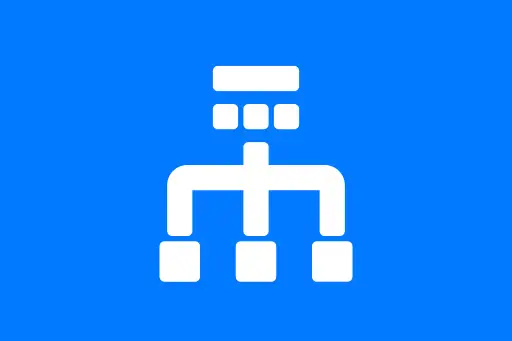Cron Jobs and Scheduled Tasks in System Design
What Are Cron Jobs and Scheduled Tasks?
In system design, cron jobs and scheduled tasks are used to perform operations at predefined time intervals or at specific times. These operations could include anything from sending a daily email, clearing expired sessions, updating a database, or syncing data across services.
Why Do We Need Scheduled Tasks?
Not all operations need to happen in real time. Some tasks are repetitive, predictable, and can be delayed without affecting user experience. These tasks are better handled asynchronously at scheduled times to reduce system load and improve efficiency.
Understanding Cron Jobs
A cron job is a scheduled command used to automate repetitive tasks on a Unix-based system. The word “cron” comes from the Greek word “chronos” meaning time. It uses a simple syntax to specify when a task should be run, such as every minute, every hour, every day, etc.
Cron Syntax Basics
The cron syntax is made of five time fields followed by the command:
* * * * * command_to_execute | | | | | | | | | ----- Day of the week (0 - 7) (Sunday is both 0 and 7) | | | ------- Month (1 - 12) | | --------- Day of the month (1 - 31) | ----------- Hour (0 - 23) ------------- Minute (0 - 59)
Example 1: Sending Daily Reports
Let’s say your system generates a daily report at midnight and emails it to the admin.
0 0 * * * /usr/bin/python3 /home/admin/scripts/generate_report.py
This cron job runs every day at 00:00 hours (midnight).
Question: Why not generate the report as soon as data is available?
Answer: While it's technically possible, generating reports immediately could interfere with real-time operations or occur before all the data is collected. Scheduling it ensures all data is available and avoids peak load hours.
Example 2: Clearing Expired User Sessions
Suppose your web app stores user sessions in a database and needs to remove expired ones every hour.
0 * * * * /usr/bin/php /var/www/html/clear_sessions.php
This job runs at the start of every hour and deletes sessions older than a certain threshold.
When Should You Use Scheduled Tasks?
- Periodic database cleanup
- Email digests or reminders
- Scheduled data backups
- Billing or invoice generation
- Analytics aggregation
Alternative to Cron in Cloud Environments
While traditional cron is useful on a single server, cloud-native systems often use scheduled functions or tasks:
- AWS CloudWatch Events to trigger Lambda functions
- Google Cloud Scheduler to trigger Cloud Functions
- Kubernetes CronJobs to schedule jobs in containerized environments
Example 3: Weekly Database Backup on AWS
In AWS, you can schedule a Lambda function every Sunday at 1 AM to back up a database:
Using AWS EventBridge (previously CloudWatch Events):
cron(0 1 ? * 1 *)
This runs the Lambda function every Sunday at 1:00 AM UTC. The Lambda function would then initiate a snapshot of the database.
Question: What happens if the backup fails?
Answer: It's important to build retry mechanisms and alerting (via AWS SNS or CloudWatch Alarms) so that any failure is automatically reported and can be retried safely.
Design Considerations
- Ensure idempotency: repeated runs should not corrupt data.
- Add logging for monitoring and debugging.
- Use locking to prevent overlapping executions (e.g., if the task takes longer than the interval).
Example 4: Billing Users at the End of Each Month
For a SaaS product, you may want to charge users at the end of each month. A cron job could be used to fetch all active subscriptions and trigger billing logic.
0 2 28-31 * * [ "$(date +\%d -d tomorrow)" == "01" ] && /opt/app/billing/bill_users.sh
This script ensures it runs only on the last day of the month at 2:00 AM by checking if the next day is the 1st.
Question: What are the pitfalls of monthly billing via cron?
Answer: If the server is down at the scheduled time, the billing may not execute. In such cases, using managed scheduling with retry support (like Airflow or managed workflows) is more reliable.
Conclusion
Cron jobs and scheduled tasks are foundational tools in system design for automating routine tasks. Understanding when and how to use them ensures systems are efficient, scalable, and maintainable.
Key Takeaways
- Use cron for repetitive background jobs like reporting, cleanup, and notifications.
- Cloud platforms offer more reliable and scalable alternatives to system-level cron.
- Always ensure safety through logging, retries, and idempotency.
- Use scheduling to reduce runtime load and shift computation to off-peak hours.
Next Topic ⮕Microservices vs Monolith – A Beginner's Guide to Architecture Styles











Comments
Loading comments...